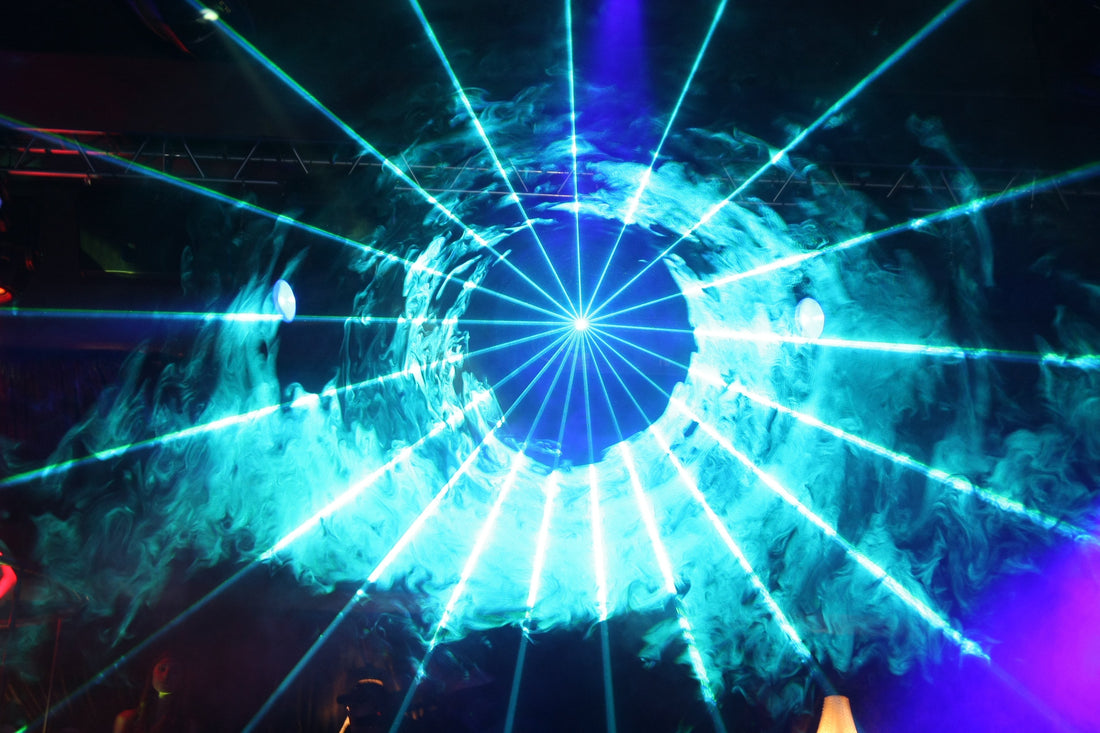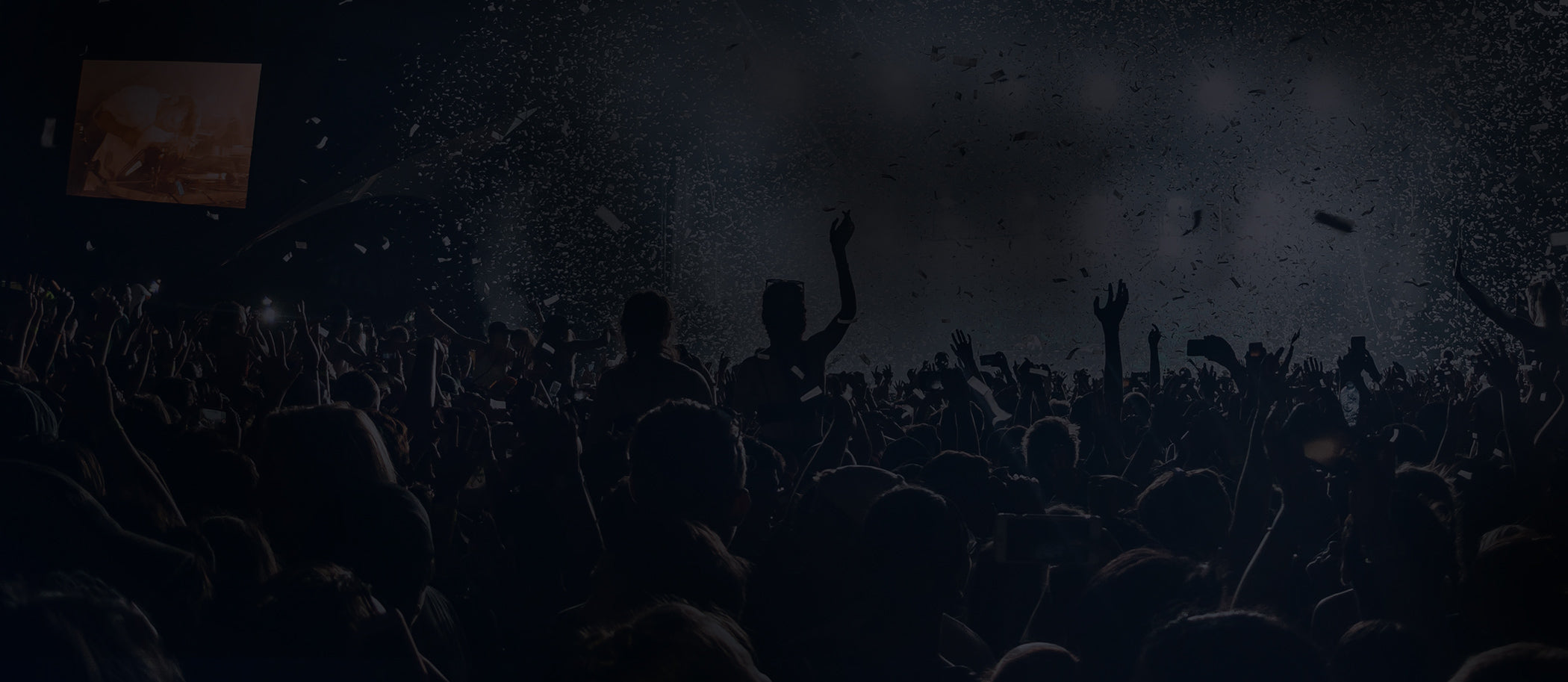How to Choose a Right Laser Light for Your Place?

How Much Power is Ideal For Your Event?
When buying a laser light system, one of the things that you need to consider is power. The power determines the brightness, distance, and the visibility of the laser light. However, when we talk about visibility, there are many other factors to consider. These include laser color, ambient light, beam divergence, fog, and other barriers, etc.
The area that needs to be covered also shows the kind of power you will require from your system. On average, this is the amount of power you require for the following areas.
- Indoor events of up to 1500 people: 500mw – 2000mw 3W Laser light
- Indoor events of up to 3000 people: 2000mw – 6000mw 6W Laser light
- Indoor events of 5000 people or more: 6000mw – 10W 10W Laser light
- Outdoor events of medium size, small festivals: 10 – 20W 20W Laser light
- Large outdoor gatherings, fields, stadiums: 20 – 40W 30W Laser light
Do lasers damage video or photo cameras?
Yes, lasers can damage video cameras.
The distance to the laser is a crucial factor: The farer away from the laser source, the less dangerous is it to film the laser show.
In professional laser shows, the laser operator normally specifies certain safety zonesin the software to have the laser blanked off at the camera positions.
- Do not film laser shows from very near distance!
- Do not zoom into the laser beams!
If I got a brand new laser, but it doesn't work. What shall I do?
- do you use the right operation voltage?
- is the interlock connector plugged in ?
- is the key switch turned to "on"?
- does the laser only not work in one operation mode (sound, auto, ILDA - as far as the options are available for your unit)?
- if operated in ILDA mode: Do you operate your software properly? (Interface connected, cable properly attached, laser output activated in software, right interface selected for output in software?)
- if operated in ILDA mode: Do you try to project a single beam or a very small pattern? Probably the scan fail safety blocks that (it only does if switched to full block mode! This is not the standard option.)... please try a larger pattern.
Class of laser light
Highly concentrated laser beams have the potential to cause damage to the human body, such as the eyes or skin. Therefore, the IEC (International Electrotechical Commission) and the Food and Drug Administration (FDA) have classified the safety of laser equipment according to the size of its laser output value. For regular production of laser equipment, its safety level should be marked according to FDA or IEC standards.
The IEC standard divides laser equipment into five classes, called Class1, Class2, Class3A, Class3B, and Class4. For example, a Class 1 laser device is a safety device under "foreseeable working conditions"; while a Class 4 laser device is a device that may generate harmful diffuse reflections, which may cause skin burns and even fires. Special care should be taken.
The FDA standard classifies laser equipment into six classes, namely Class I, Class IIa, Class II, Class IIIa, Class IIIb and Class IV. For Class I, the laser radiation is not considered harmful. For Class IV, the laser radiation is harmful to the skin and eyes, whether direct radiation or Scattered.
Is the laser light used on the stage safe?If harmful to the human body?
Don't worry, the laser lights used in some clubs, bars, stages and other public places will not cause harm to the human body and will not burn the skin. However, it should be noted that do not stare at the light source of the laser light at close range, as there is a risk of eye irritation.

